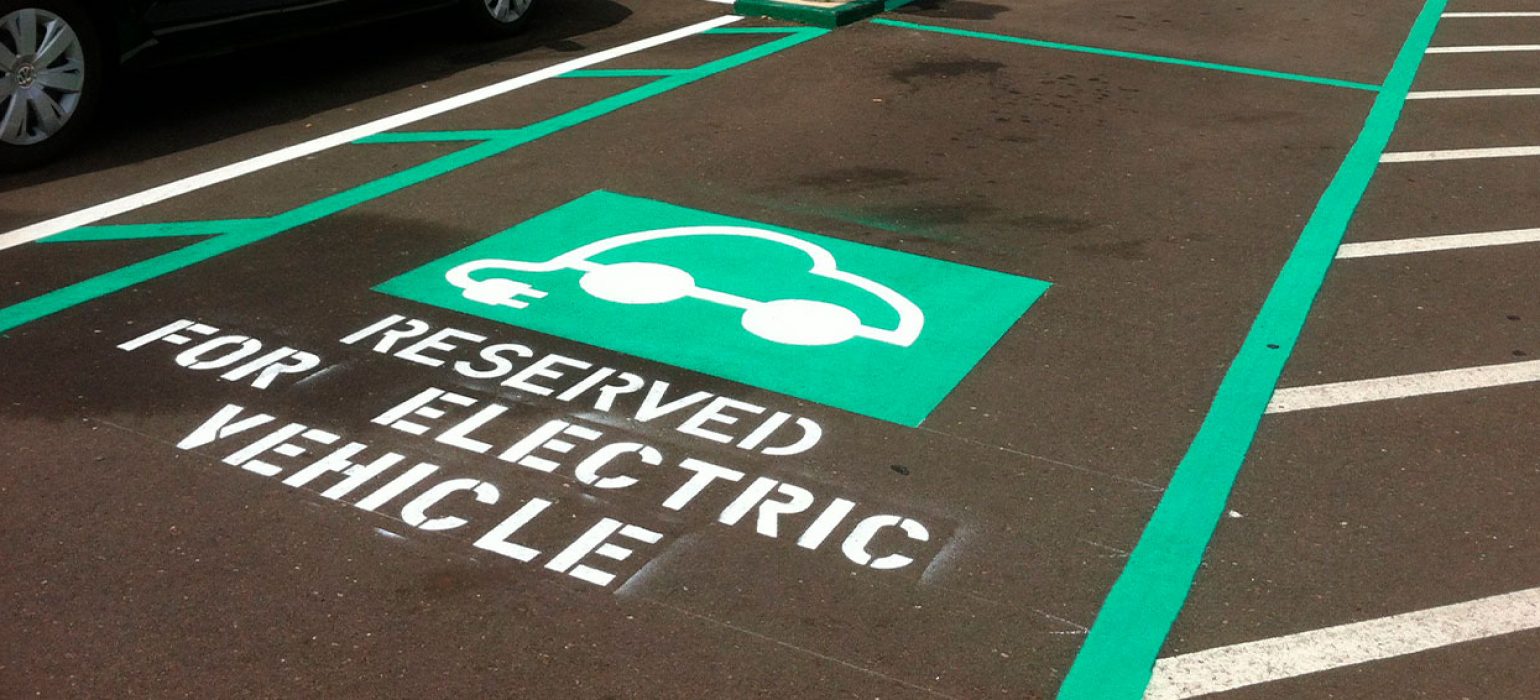Apart from what we commented in our first article “Charging Time: The Weakest Link”, another frequent question is where and how can I charge my vehicle. So, first its important to clarify the concept of charging mode, that to sum up are the different ways you can charge your vehicle.
Mode 1:
Mode 1 consists in connecting directly the vehicle to the domestic grid using a conventional plug. This charging mode is not compatible with any vehicle, because it doesn’t meet the minimum-security requirements, due to the lack of a communication protocol or security device during the charging process.

Mode 2:
This mode is an evolution of the Mode 1 of charging. In this case the vehicle is also connected to a conventional plug, but not directly, because the connection plug used in this charging mode has a control device in order to manage the security of the charging process. The advantage of this charging mode is the possibility of charging in any available conventional plug, using this connection cable with the security device integrated. Anyway, this mode doesn’t allow charging powers above 2,3 – 3 kW. Moreover this mode is more sensitive to problems during the charging process because the control box of this portable device has some limitations.

Mode 3:
Mode 3 consists in the installation of a charging point in your private garage slot in order to charge your vehicle. This device is installed being connected directly to the domestic grid, optimizing the power that your home installation can deliver. The advantage of this mode is that it is possible to get charging powers up to 7,4 kW in one phase and 22 kW in three phase, and its security level is so high, having a minimum failure rate during charging process.

Mode 4:
All the previous modes are always AC Charging modes, At the mode 4, the vehicle is connected to a charging point that directly provides DC current to the battery of the vehicle. This is the charging mode for the ultra fast charging points. In this kind of facilities, it is possible to charge your vehicle up to 50 kW. As a consequence, charging time is drastically reduced, being possible to charge your battery up to 80% in less than 30 minutes, being this great advantage of this charging mode. The disadvantage of this mode is that it requires a kind of facility and infrastructure only available for public charging stations. Moreover, the vehicle must have installed the appropriate connector for this kind of charging mode (we will talk about the different connectors for plug in vehicles in the next article)
Nevertheless Wallbox has launched it’s new domestic DC Charger, which will allow our customers to directly provide DC current to it’s vehicles, allowing higher charging speeds and bidirectional charging capabilities, depending on the charging standard of the vehicle, and as well on the vehicle model.

The Wallbox Proposal
The devices manufactured by Wallbox have been created to work in Mode 3. All our products have been designed to optimize the charging process by taking the maximum available power from the grid available for each customer.
As well Wallbox has launched the smallest DC Charger in the market, which will allow our customers to have a full management of their energy.
Wallbox is currently working in future developments in order to offer solutions for the rest of charging modes available to their customers.
